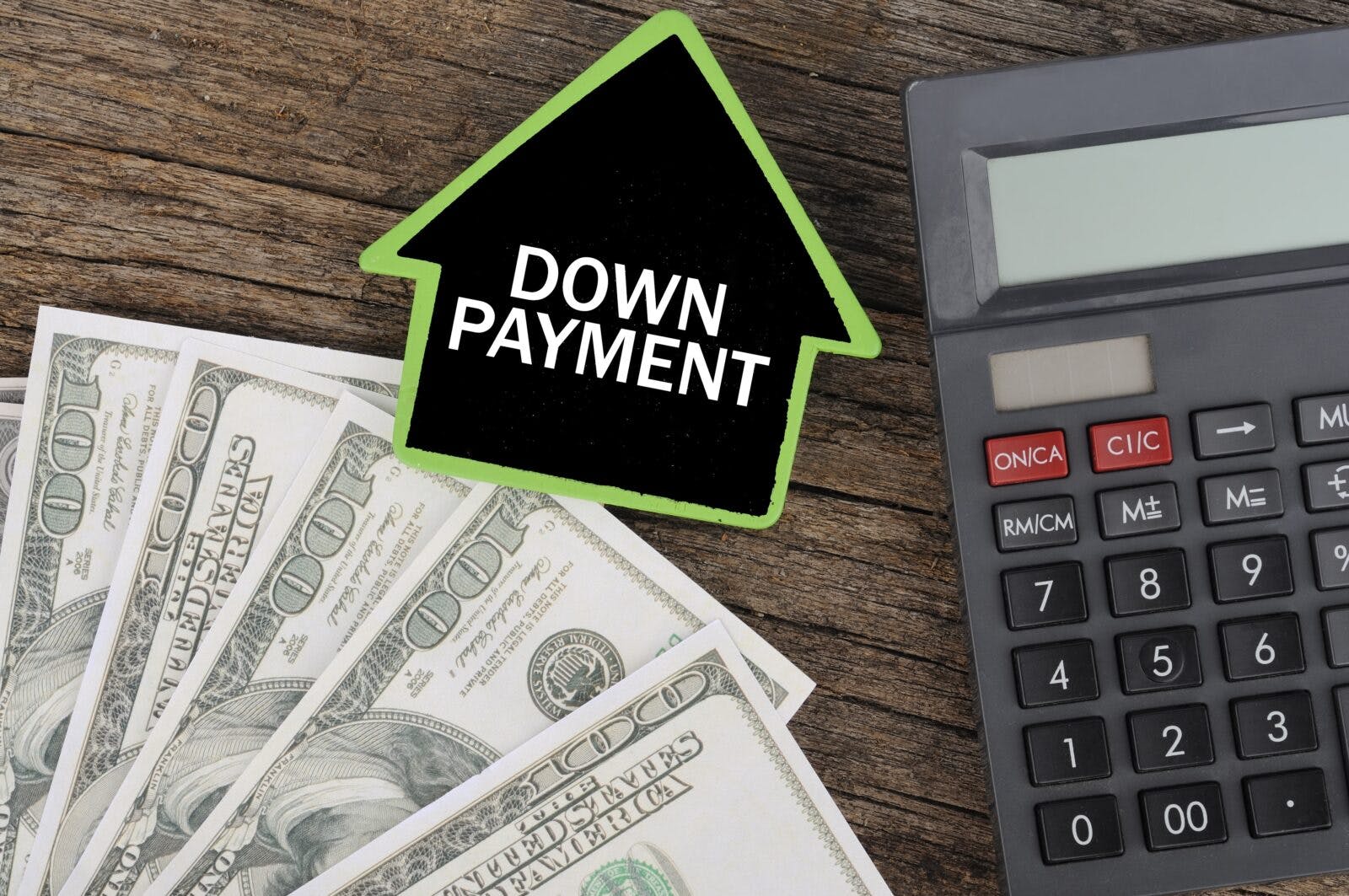One of the biggest myths from consumers is what the typical down payment should be on a home purchase. Surveys have shown consistently that about 35% of Americans think they need 16%-20% for a down payment and 10% of consumers believe they need even more.
With that expectation in mind, it may seem incredibly discouraging to imagine saving for a single-family house, townhome or condo in Seattle/King County. Seeing reports of rising home prices may make that goal appear further and further from reach.
Let’s bust that myth right now!
The reality is repeat buyers make a down payment of about 17% while first-timers put down about 6%-7% – figures that have been generally consistent for the last five years in the U.S.
This knowledge is critical to have when saving for a home and estimating when buyers may reach their down payment goal.
True, King County buyers have been known to purchase the home with all cash – about 20% today (August 2023). Many of those buyers are investors, some are taking advantage of generous contributions from family or friends, while others are using equity from their existing home to purchase a vacation spot.
Among primary-residence buyers, 87% finance their home purchase, a share that rises to 95% among first-timers. The largest share of buyers (22%) puts down 11%-20% on the home purchase and 17%, the next largest group, uses a down payment of 1%-5%.
Among first-time buyers, 23% use a Federal Housing Administration loan. These loans typically allow borrowers to put a down payment as low as 3.5%.
Rising home prices can keep thousands of first-timers out of the market unless they are using a low down payment. Many of these payment options reduce the impact of rising prices.
Given the median home price in King County today is conservatively about $800,000 and assuming a 3.5% down payment, the amount needed to complete the sale would be about $28,000. However, the amount required to pay for the same home in five years – after it appreciates about 4% each year – would be $33,600. (The math: 4% a year x 5 years = 20% price appreciation; 20% of $800,000 is $160,000, or $960,000 for the same home in 2028 x 3.5% = a down payment of $33,600. This example excludes closing costs, taxes and insurance, which can total about 3% of the sales price, or another $28,800 on a $960,000 home, for a total of $62,400 with the down payment. All figures are approximations.)
Forty-seven percent of all buyers use savings for their down payment. Four-fifths, 80%, of first-time buyers use their savings. Seven percent of all buyers were able to use a gift from friends or relatives, including 19% of those under the age of 33. Many buyers – most of them first-timers – also access resources from the state or local government in the form of grants; these down payment assistance loans are typically repaid when the buyer eventually sells the property.
The share of first-time buyers who sold stocks or bonds for their down payment has doubled since 2003 from 6% to 12%. Similarly, the share of first-time buyers who used their 401k/pension fund for their down payment rose from 7% to 10%.
Most buyers (31%) wait more than five years to build up their nest egg before reaching a sufficient amount for a down payment, with a median figure of four years needed to save. While taking time to save is often the main obstacle to getting a home, that delay can feel out of reach without more financial resources (second job, spouse’s income, inheritance, down payment assistance).
Having a plan in place to make the down payment affordable is the strategy of today. Working with a competent loan consultant, housing counselor, accountant and real estate broker can go a long way to setting up buyers for home-purchase success.
Resources




